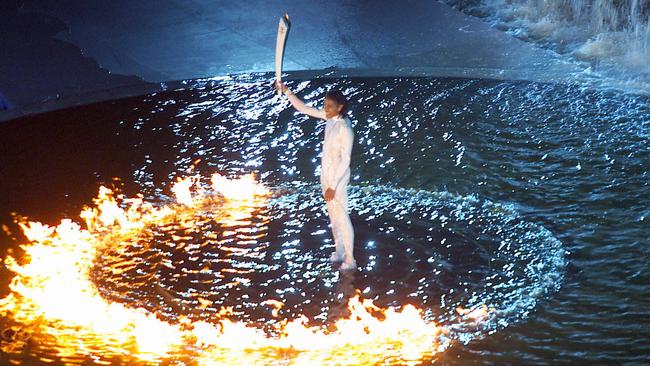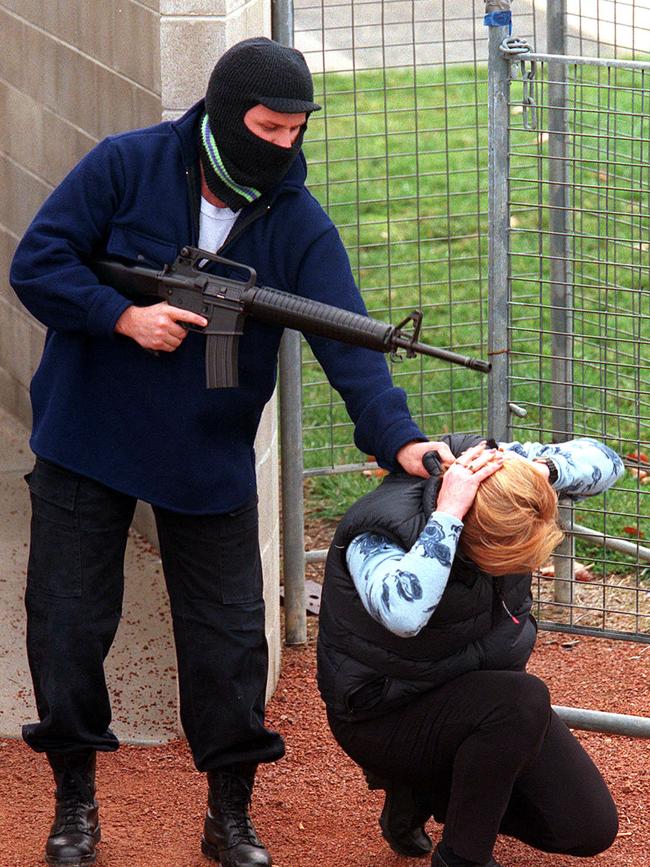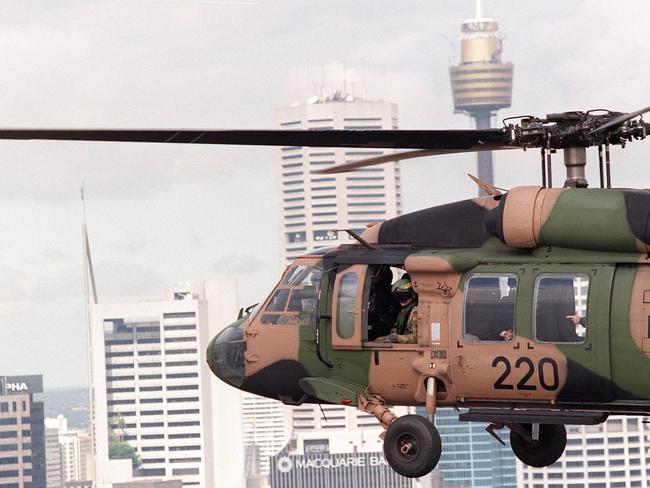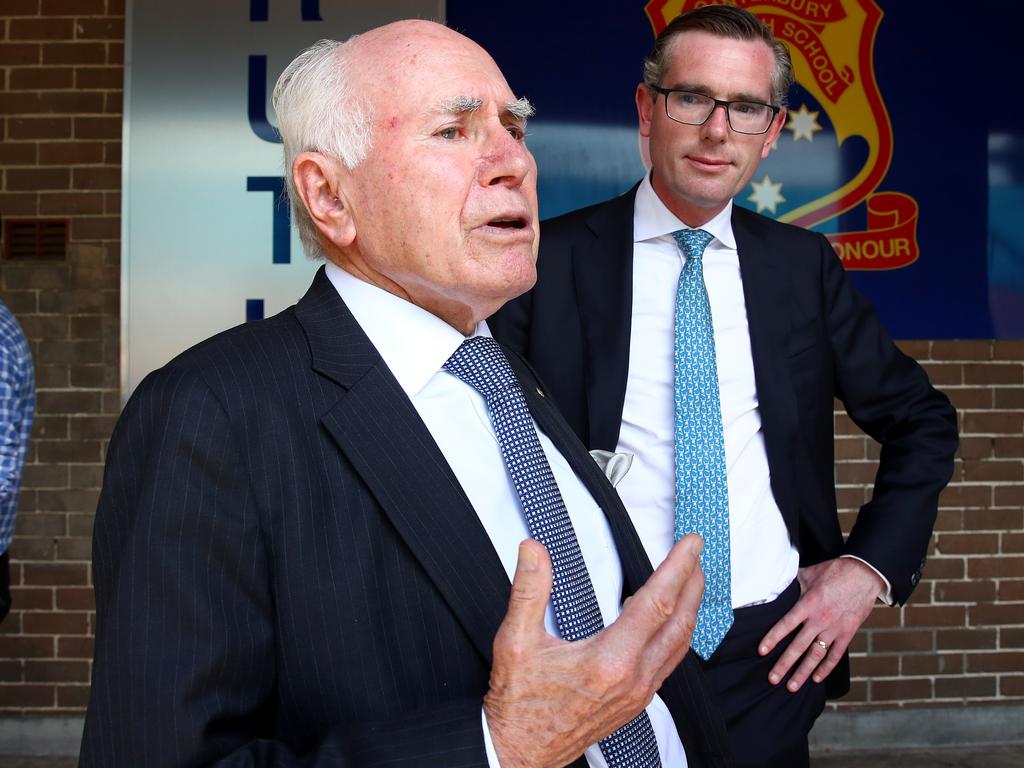Cabinet archives: Huge security operation to stop an attack on Olympics
The Howard government prepared for a terrorist attack on the 2000 Sydney Olympic Games.

The Howard government prepared for a terrorist attack on the 2000 Sydney Olympic Games by developing a major counter-terrorism strategy — anticipating possible plane hijackings, hostage-taking and chemical or biological weapons being deployed — a year before the 9/11 attacks on New York and the Pentagon.
Cabinet papers released by the National Archives of Australia reveal that a series of counter-terrorism exercises to prepare for Olympics-related attacks were held in Sydney twice in 1999, and in Sydney and Canberra in May 2000, codenamed Sky Ring, Blue Ring and Ring True.
Sky Ring simulated an aircraft hijacking and threats to dignitaries and bombings. Blue Ring involved foreign hostages taken on a cruise ship on Sydney Harbour that was resolved by force after negotiations failed. Ring True was a siege/hostage scenario coupled with a mass weapons incident. The scenarios were based on “real groups involved in politically motivated violence”.

The three exercises involved federal and NSW ministers, state police and emergency services, intelligence agencies and the Australian Defence Force. In April 2000, cabinet noted that better management processes, co-ordination and information sharing, and clearer guidelines for calling out the ADF were all needed, along with revised plans for media management.
It was also agreed that the cabinet suite in Parliament House needed to be upgraded with “appropriate secure communications”, along with the same equipment also installed in the cabinet suite in Sydney.
The National Security Committee noted that the “primary objective” in a terror incident was to resolve it “peacefully” and “through negotiation”. While using “minimum force” was preferred, the committee acknowledged there may be a need for “lethal force as a last resort”.
The committee also noted that “no substantive concessions” could be made in any negotiations with terrorists.

In considering the framework for responding to terrorism, then attorney-general Daryl Williams found the existing constitutional and law enforcement framework was adequate, and that law enforcement and intelligence officers “must act within the law”.
In August 2000, a month before the Olympics, cabinet adopted new procedures for the call-out of the ADF in response to any politically motivated actual or threatened violence — the definition used for terrorism. It stipulated that senior ministers had to be satisfied of certain matters before a call-out order could be initiated by the commonwealth, or a state or territory government. And the commonwealth must “retain control” over whether and when a “deliberate assault” is authorised.
Mr Howard, who was in the US on September 11, 2001, told The Australian that he was concerned about terrorism in September 2000 and recalled putting in place the detailed counter-terrorism strategy to deal with it.
“It is the largest international sporting event ever. We had a responsibility to prepare against terrorist attacks,” he said.
John Anderson, who was deputy PM, said: “The effort that went into trying to make certain there were no incidents on Australian soil was massive.”






To join the conversation, please log in. Don't have an account? Register
Join the conversation, you are commenting as Logout